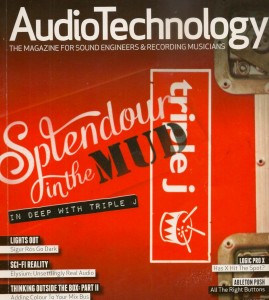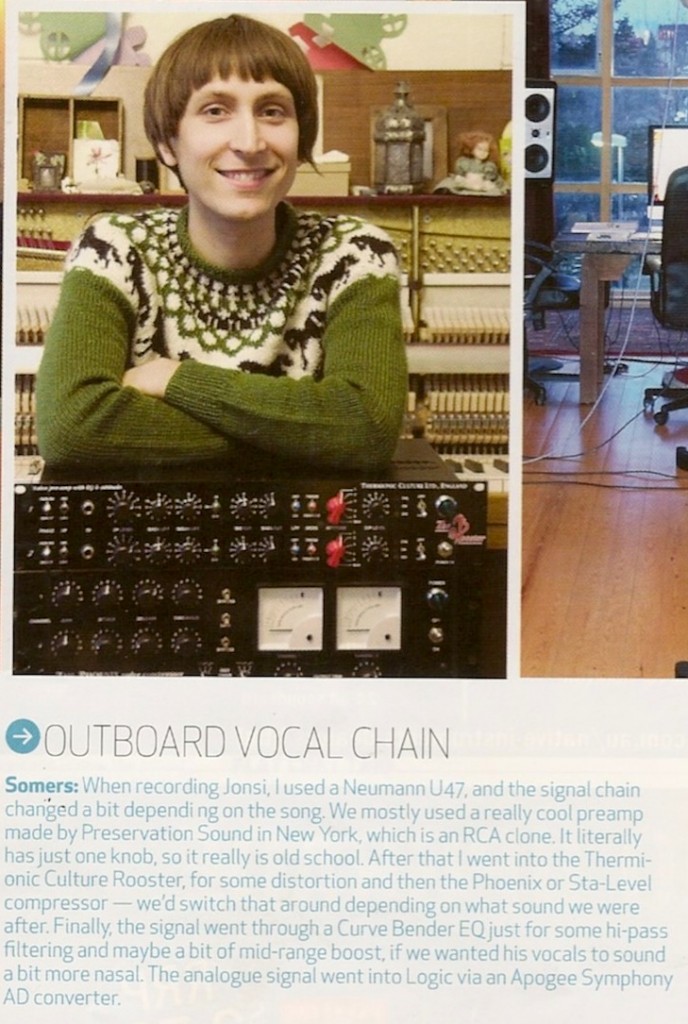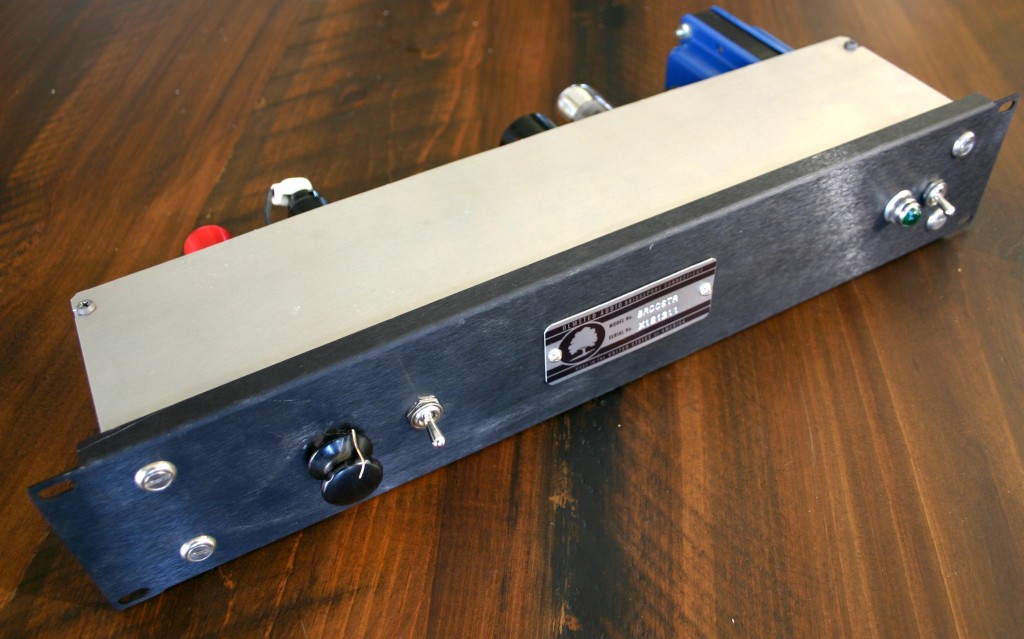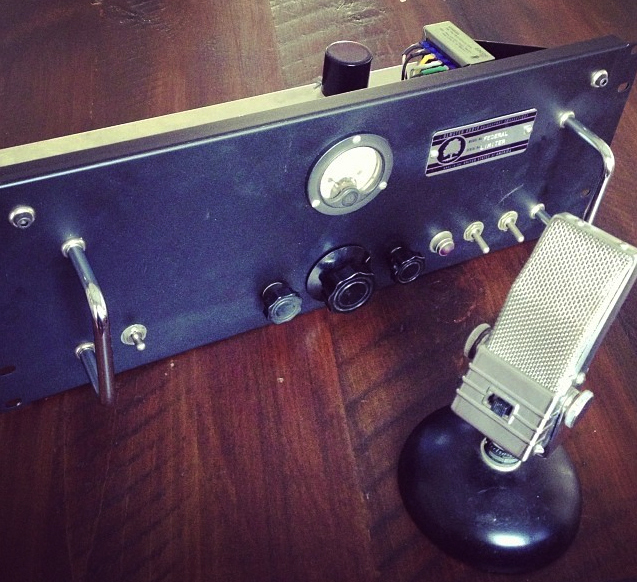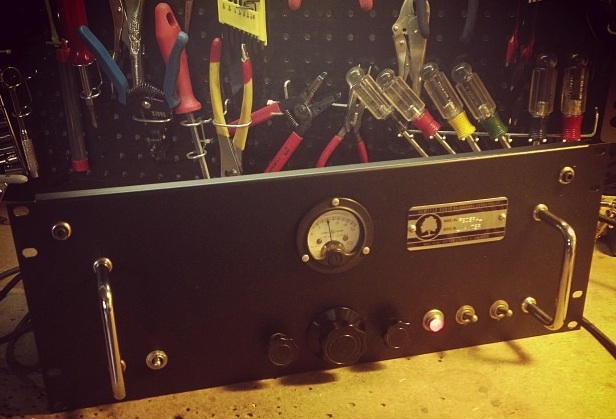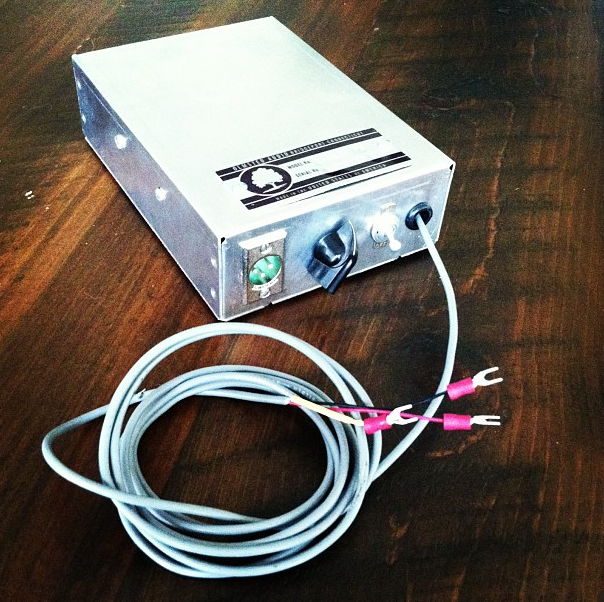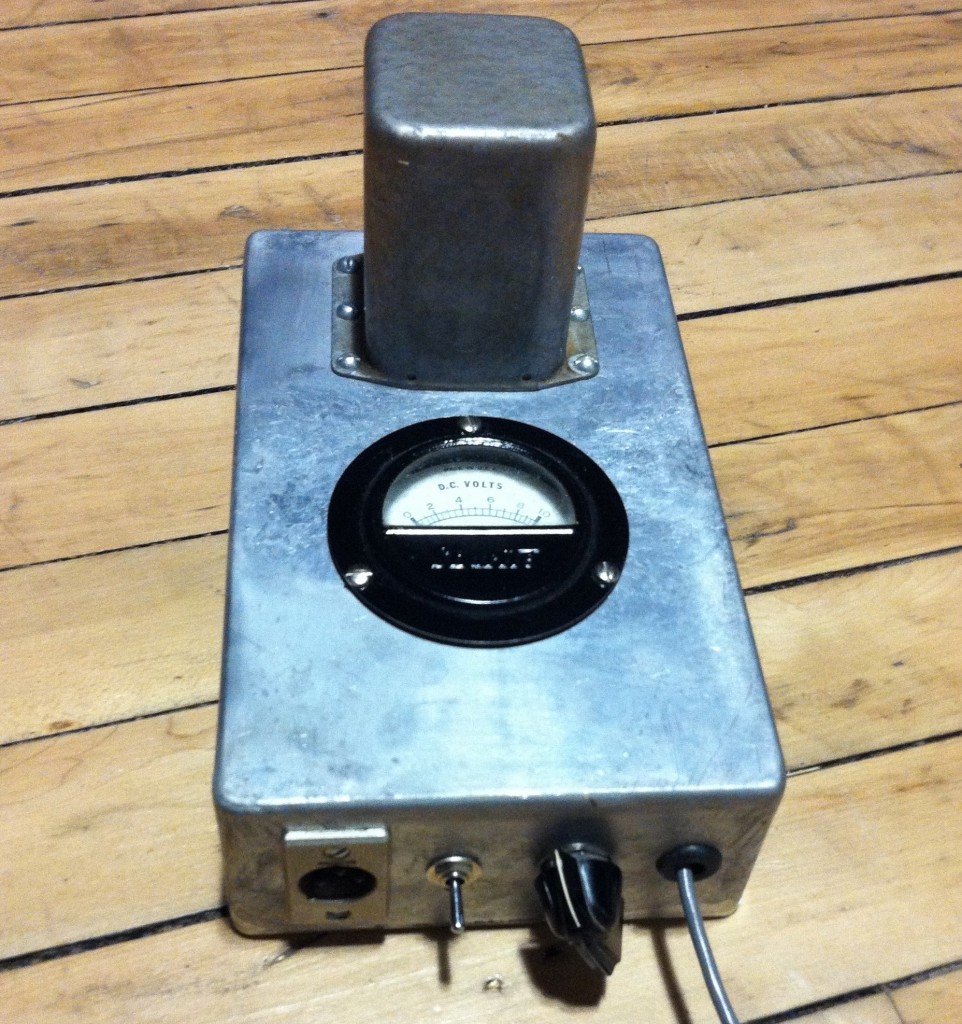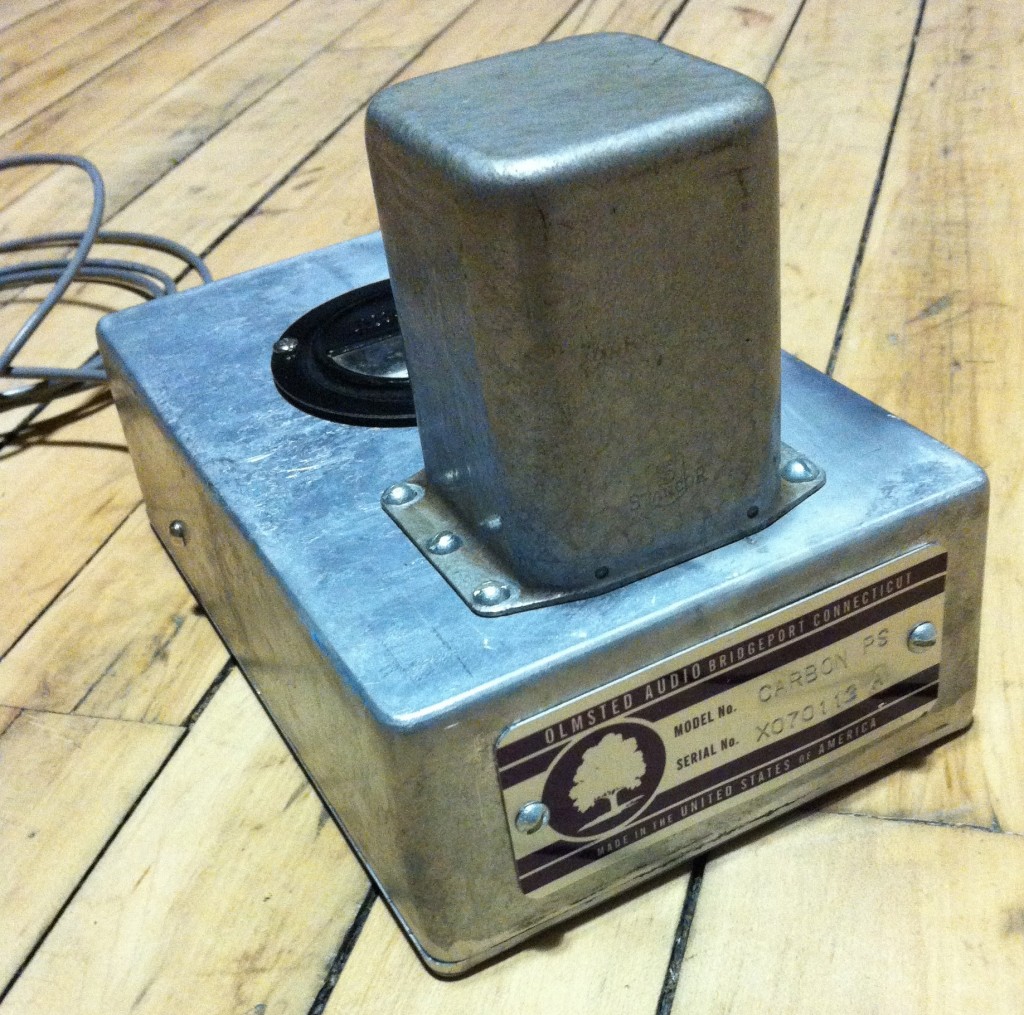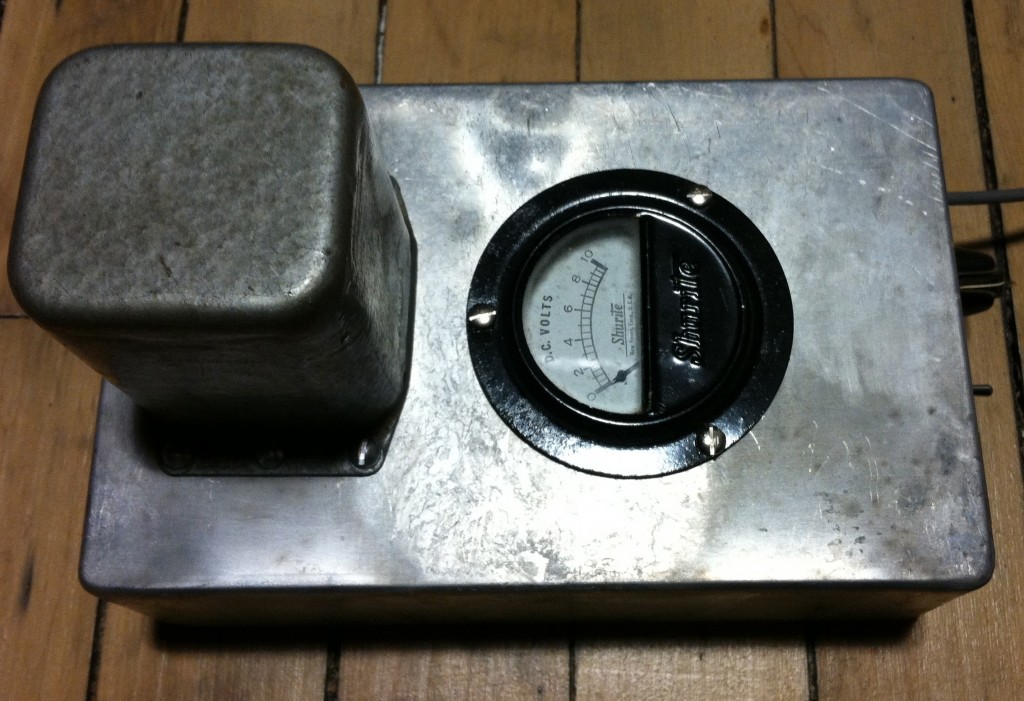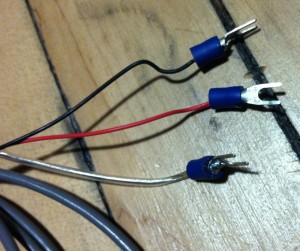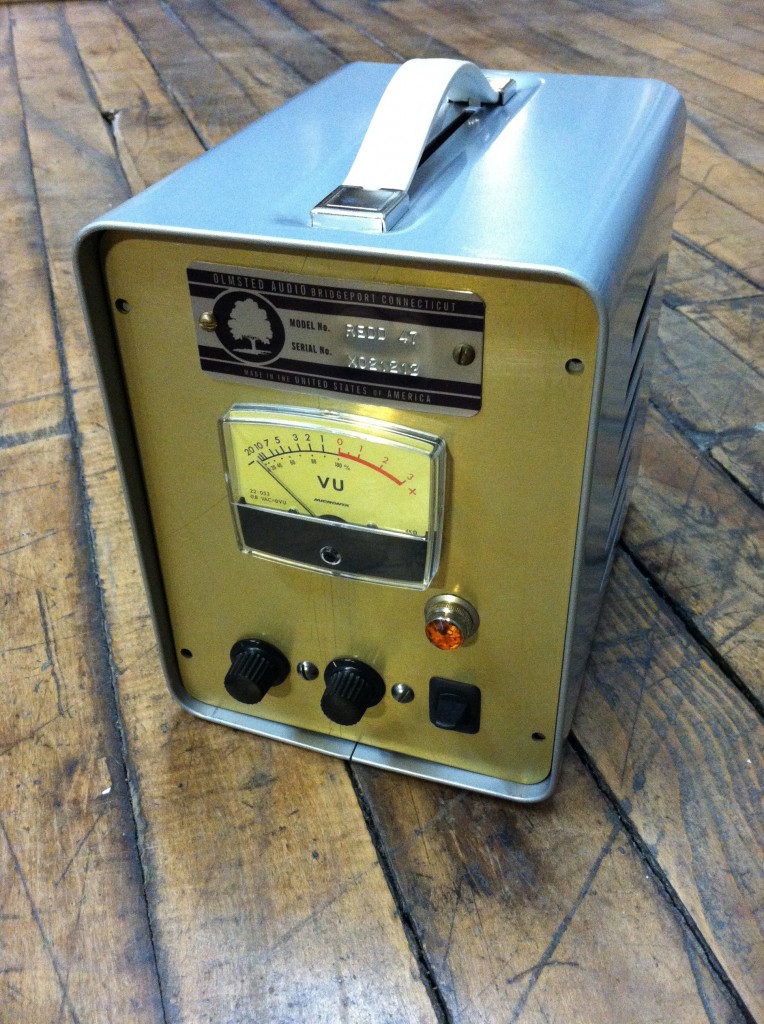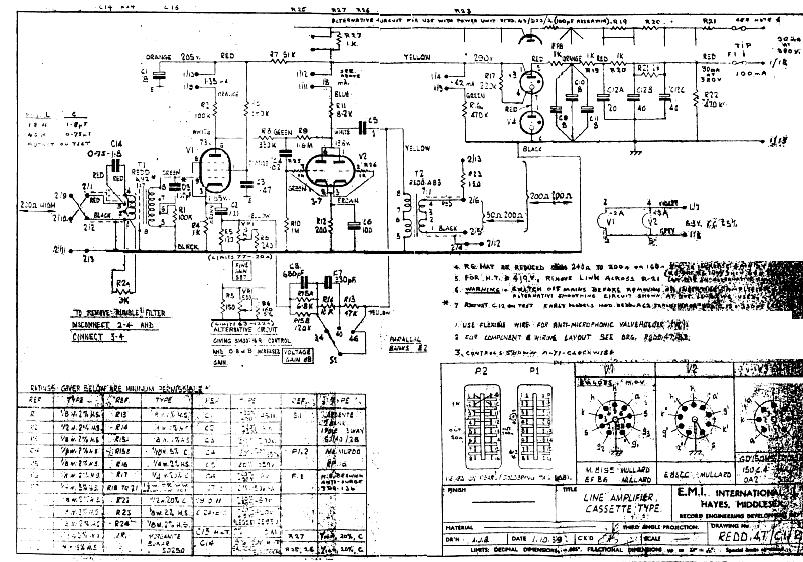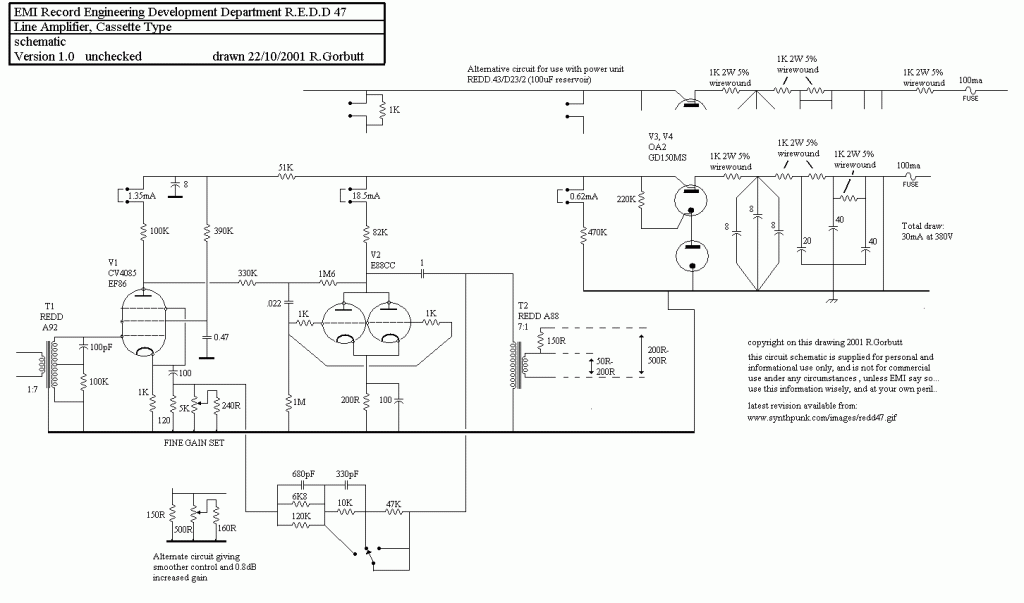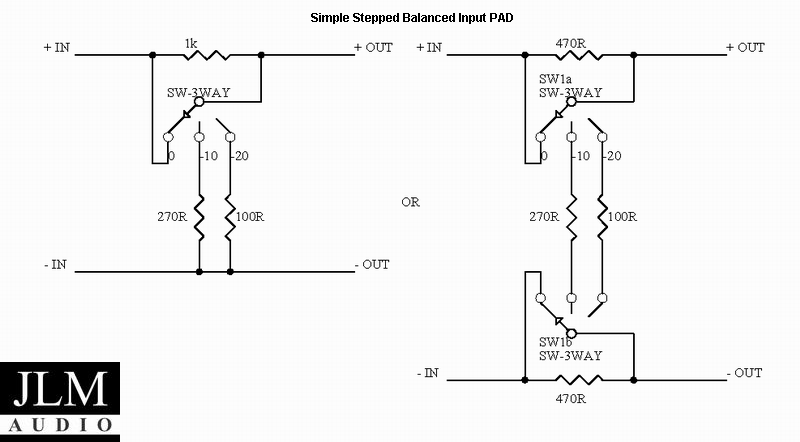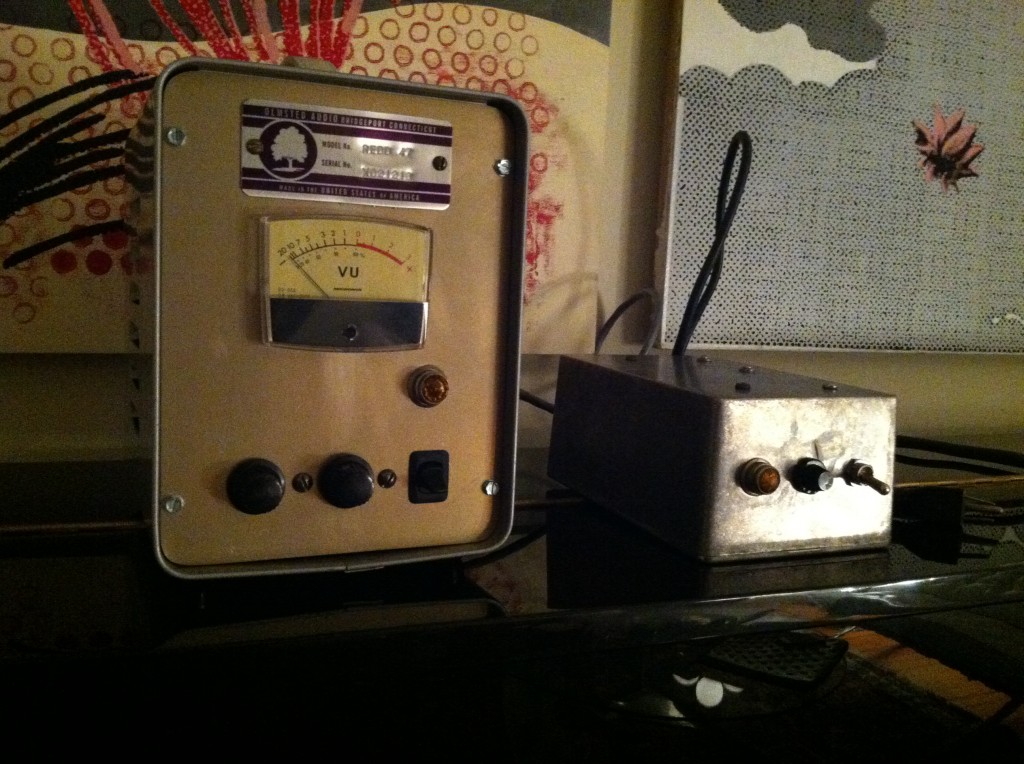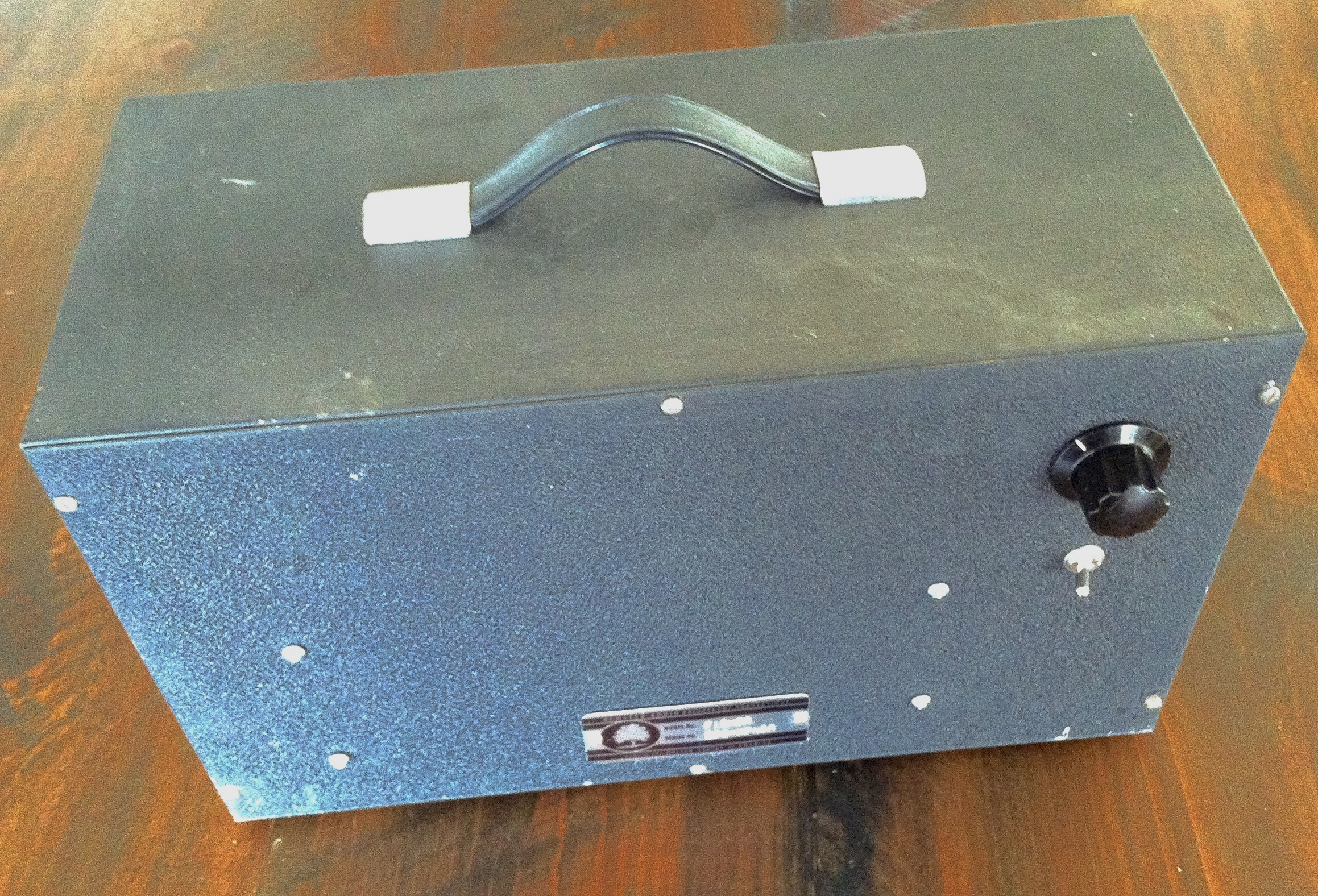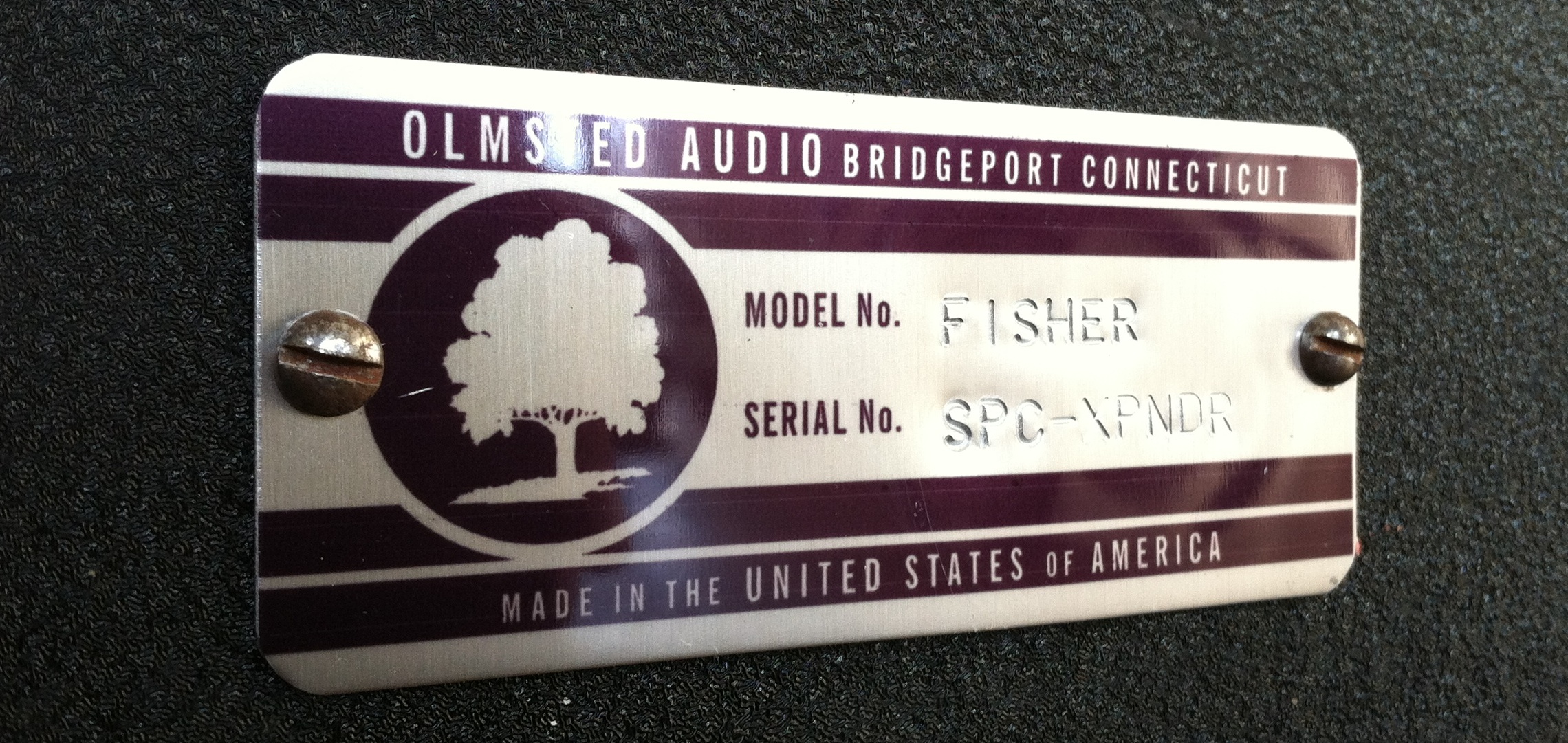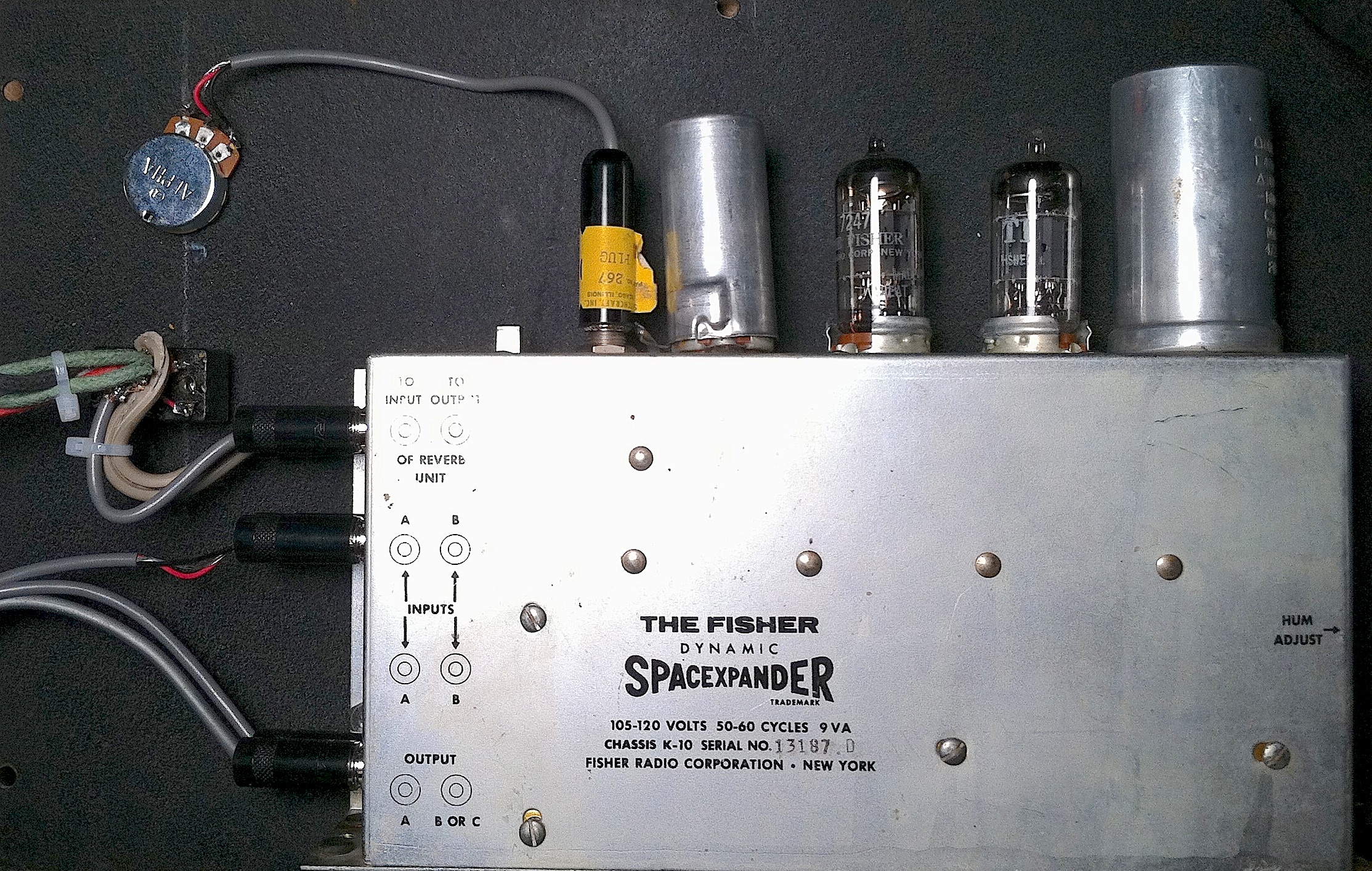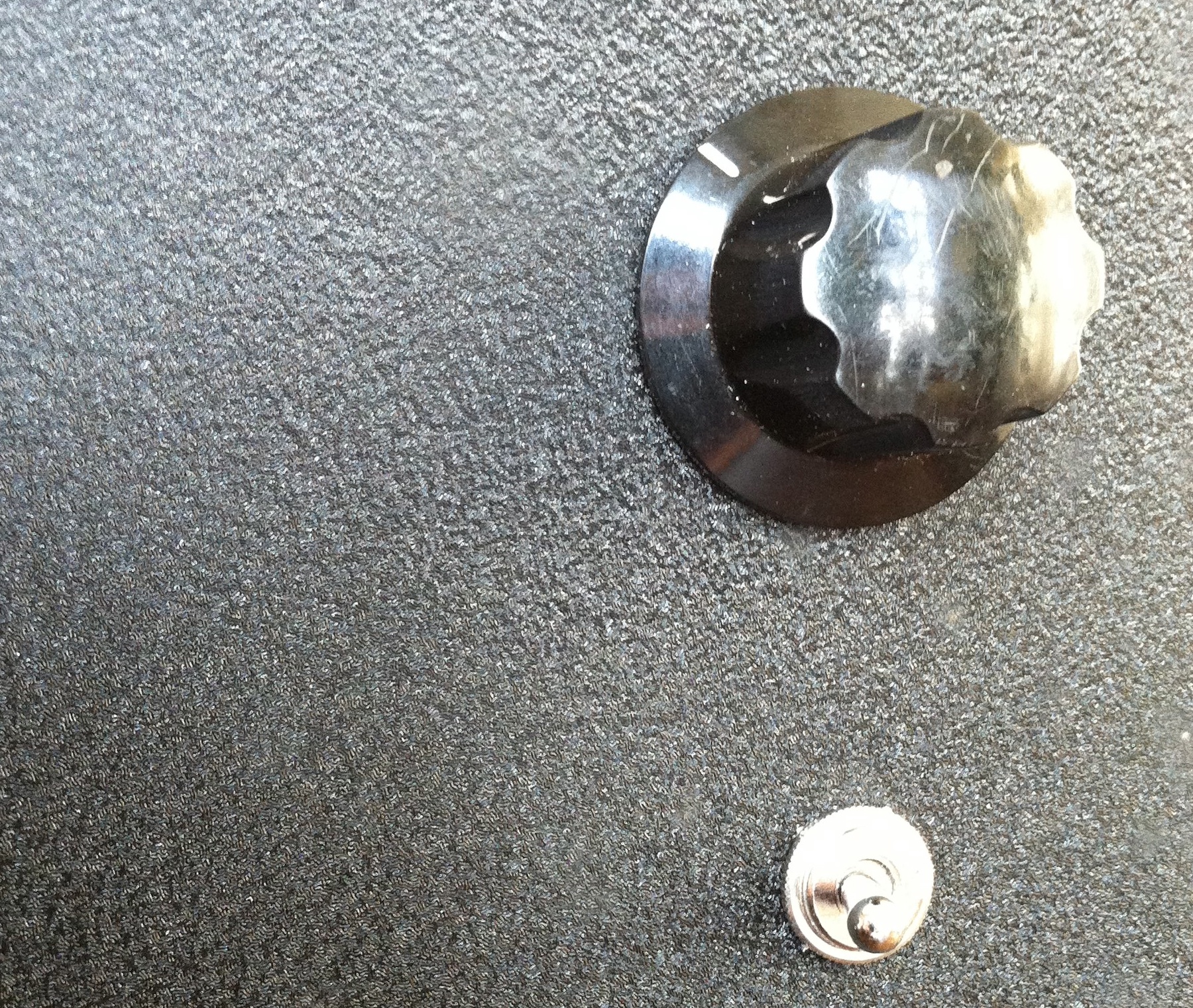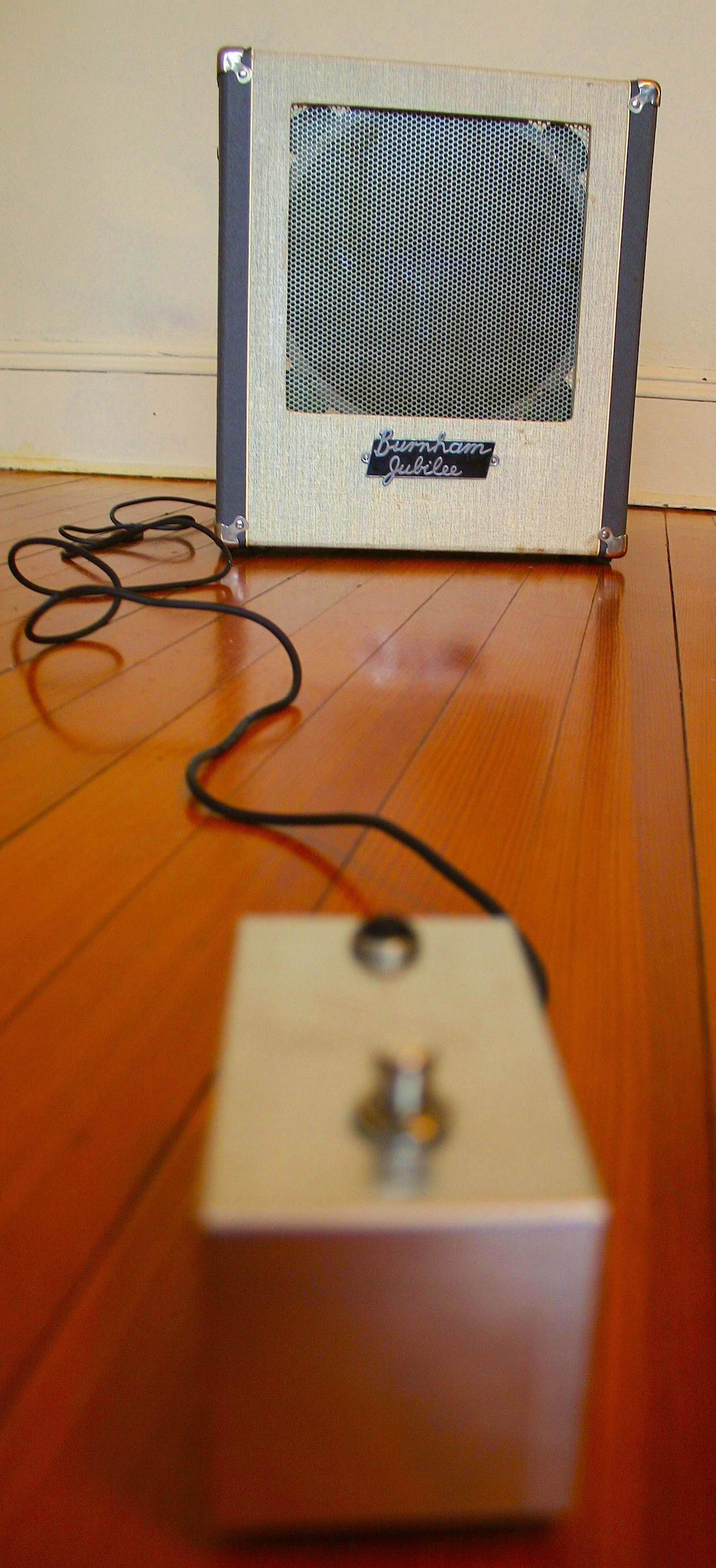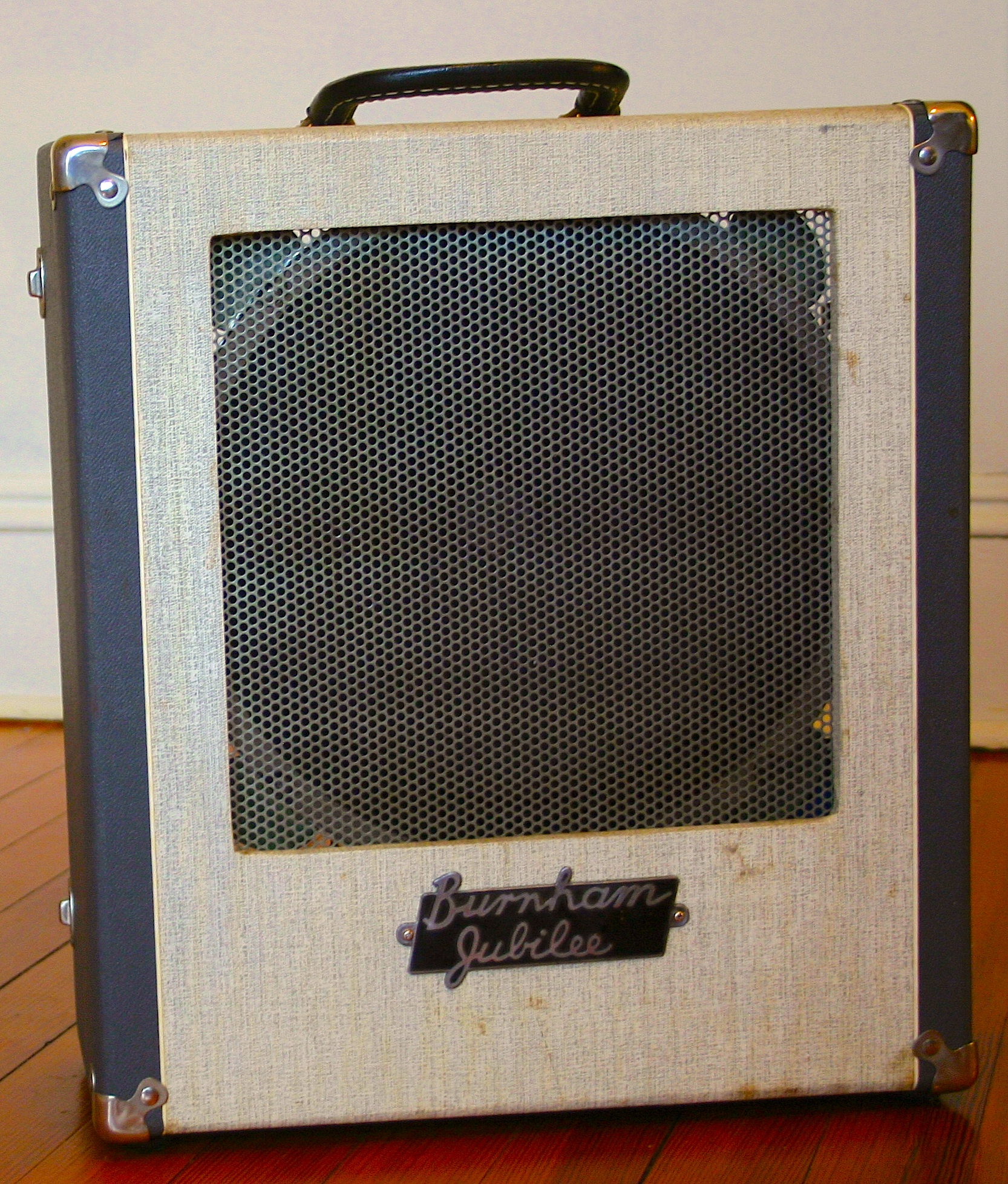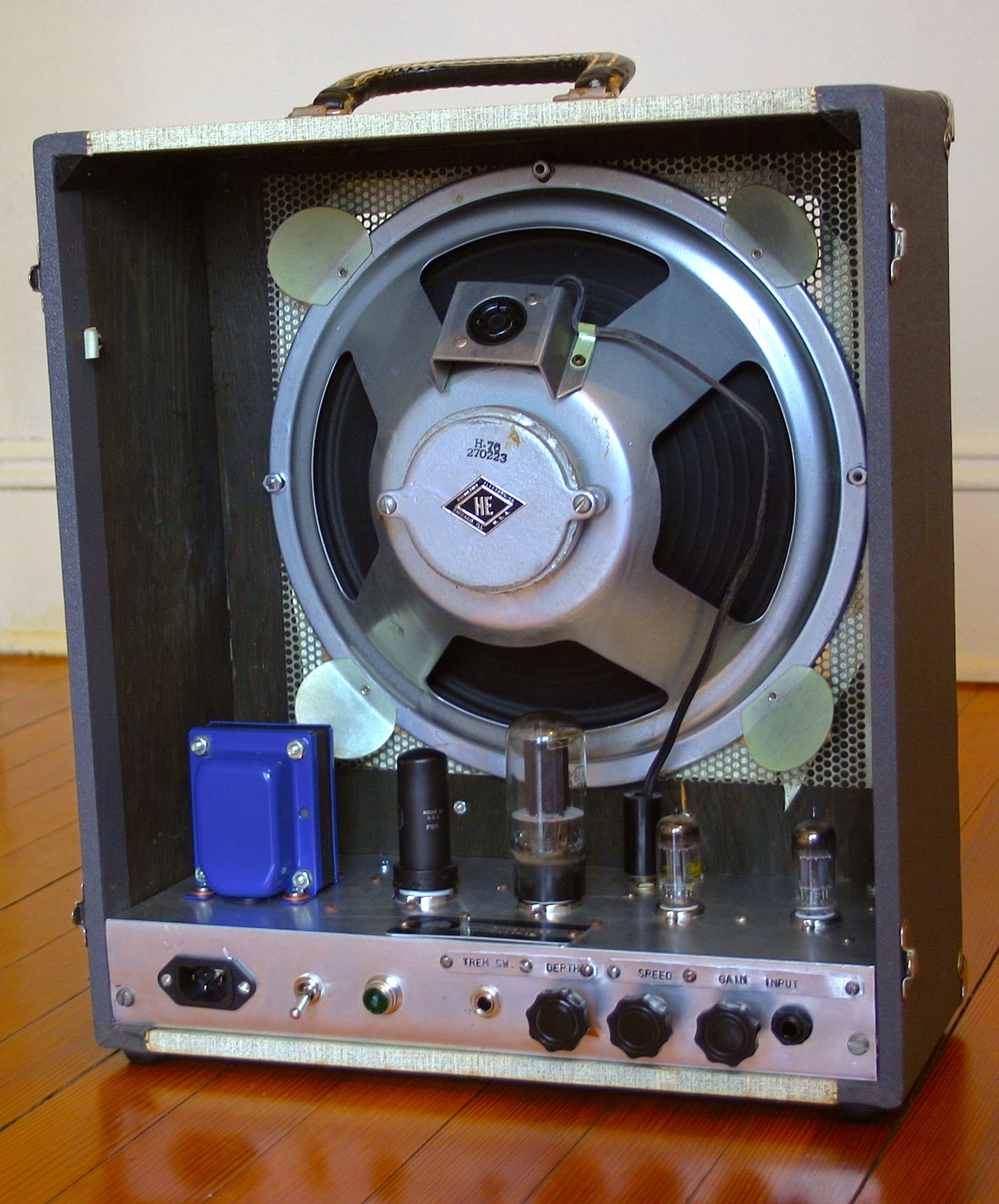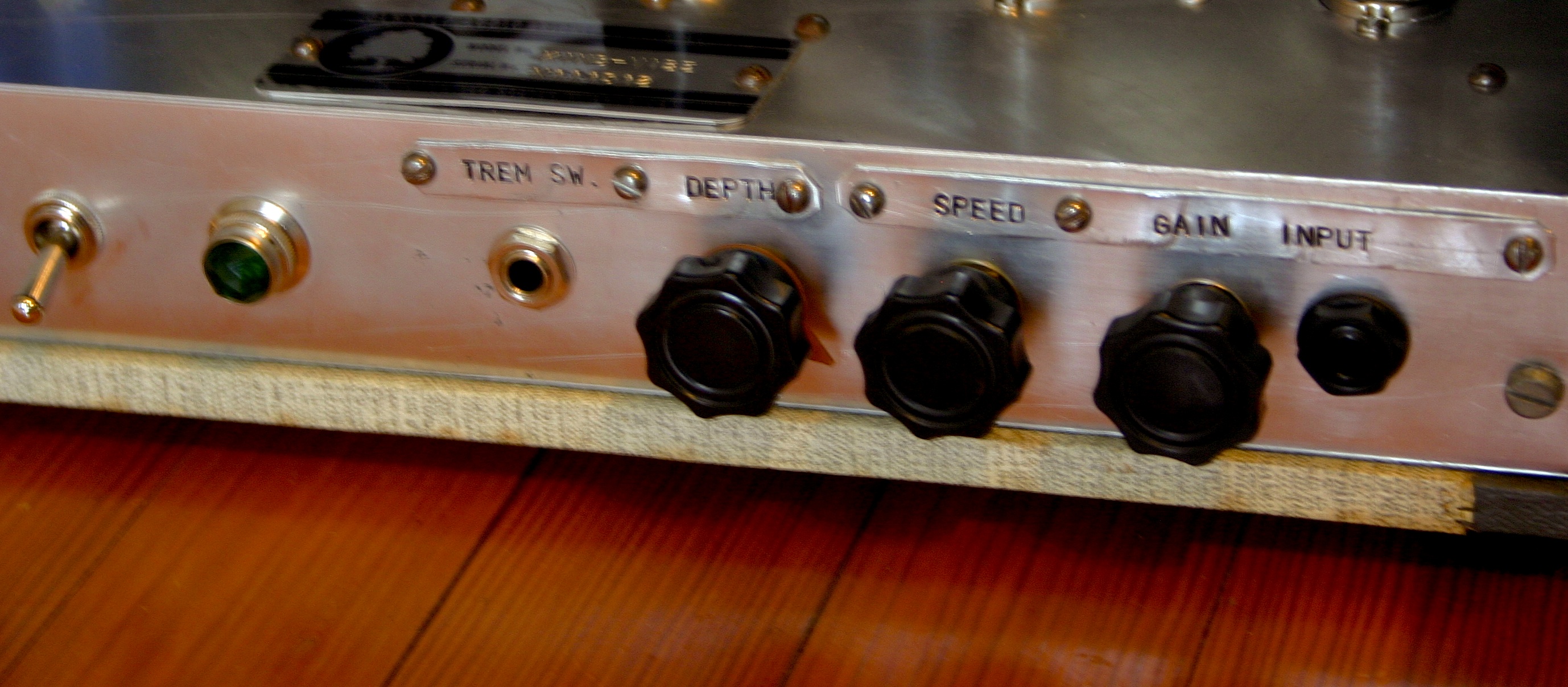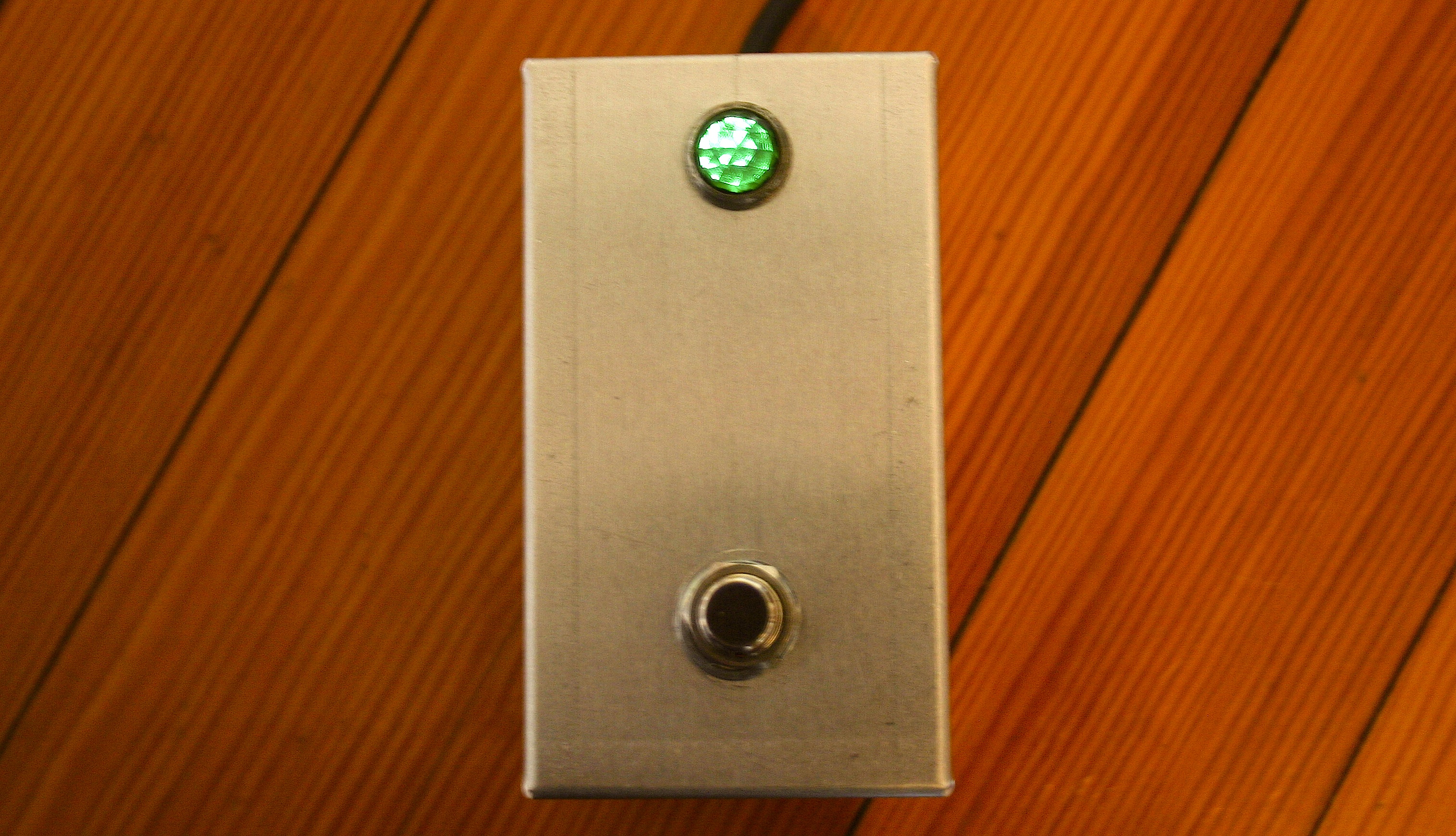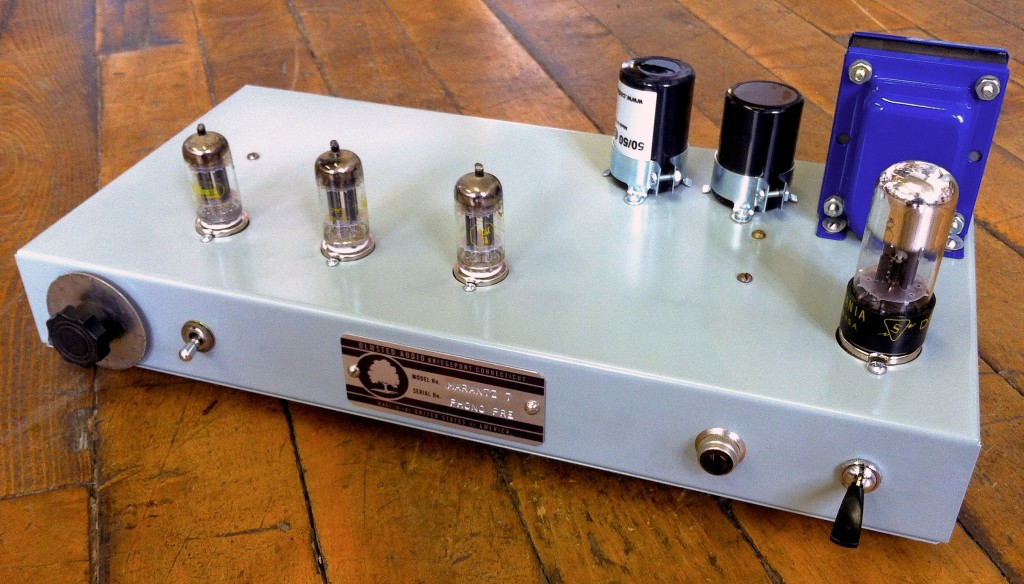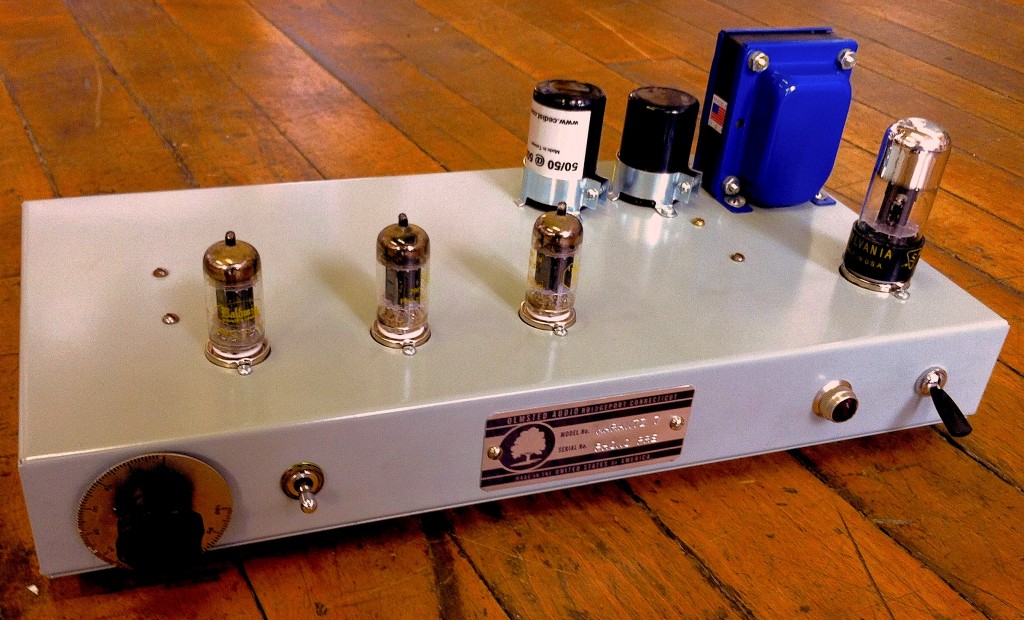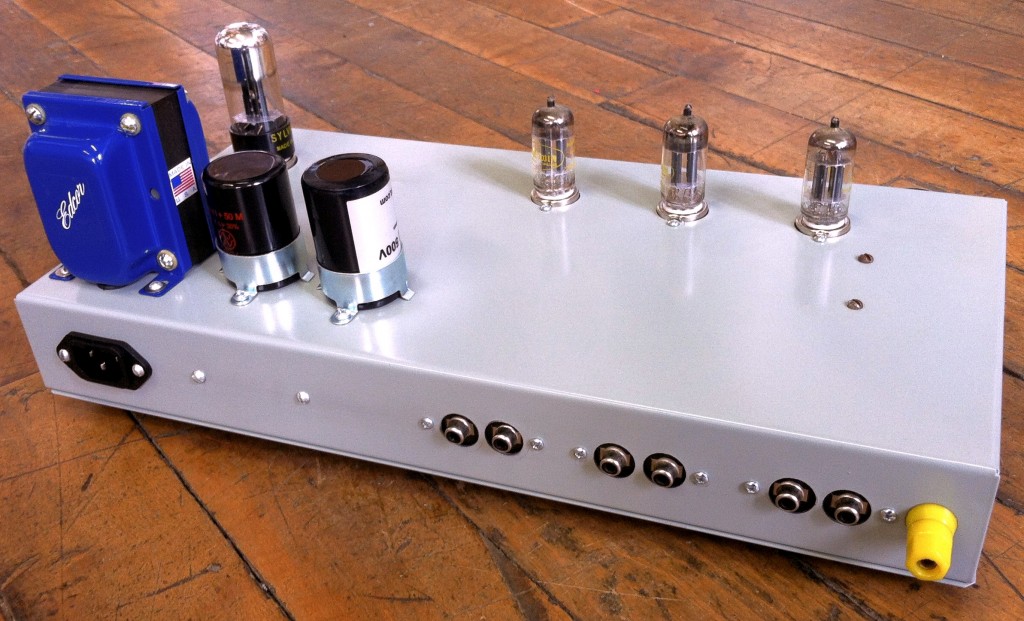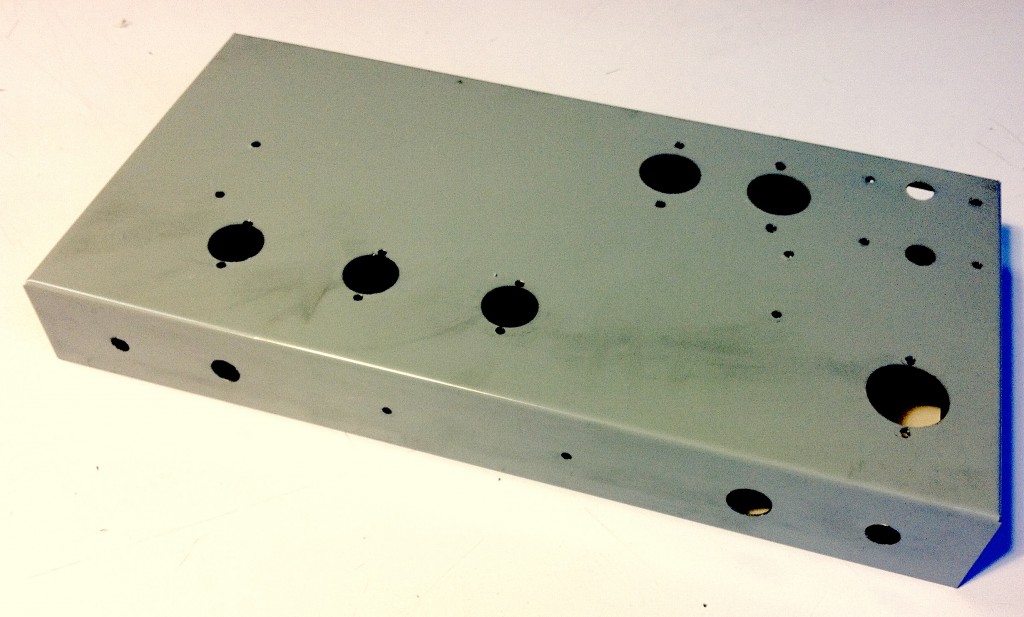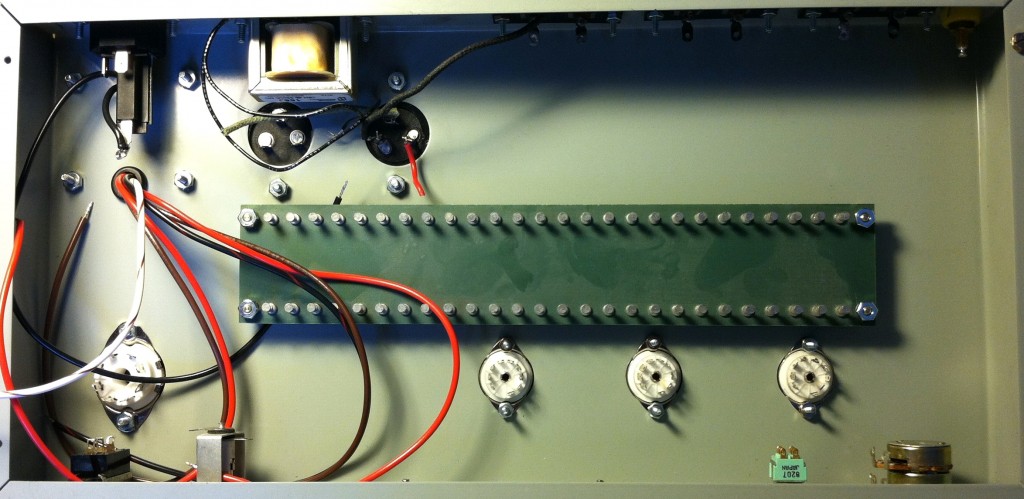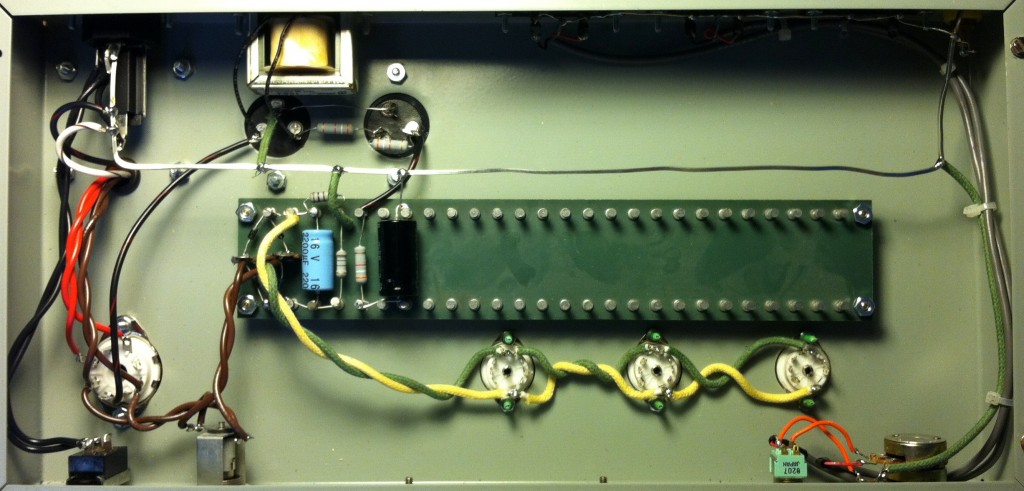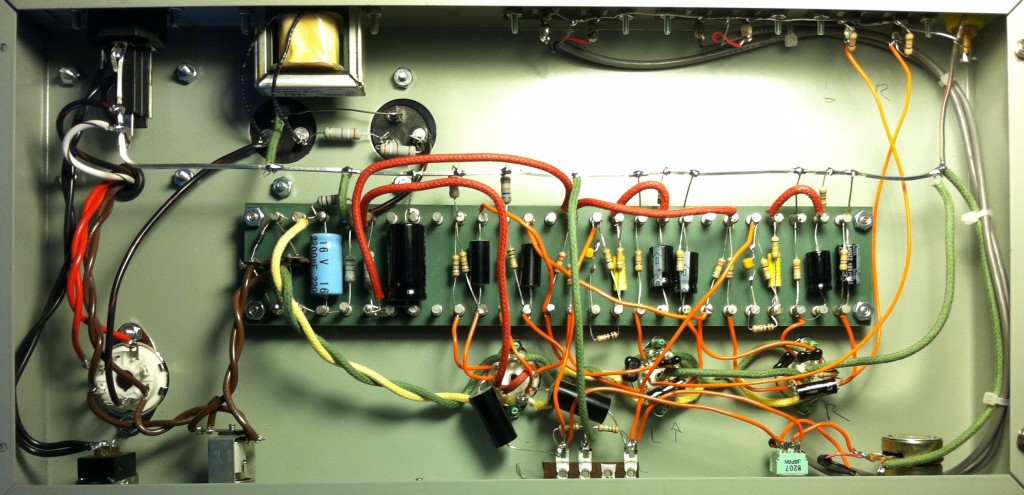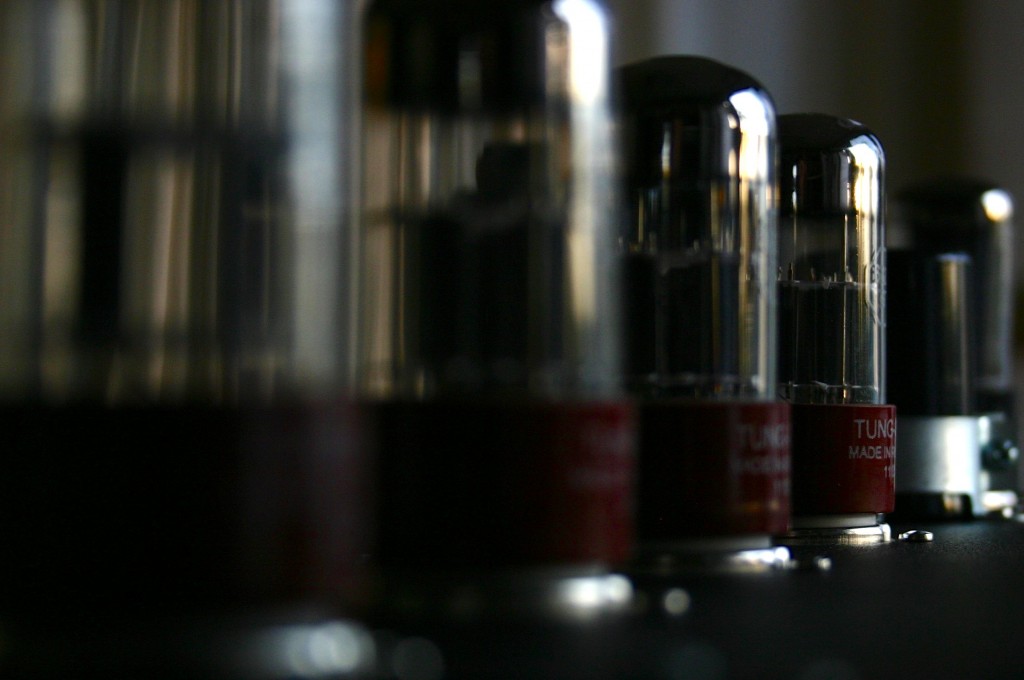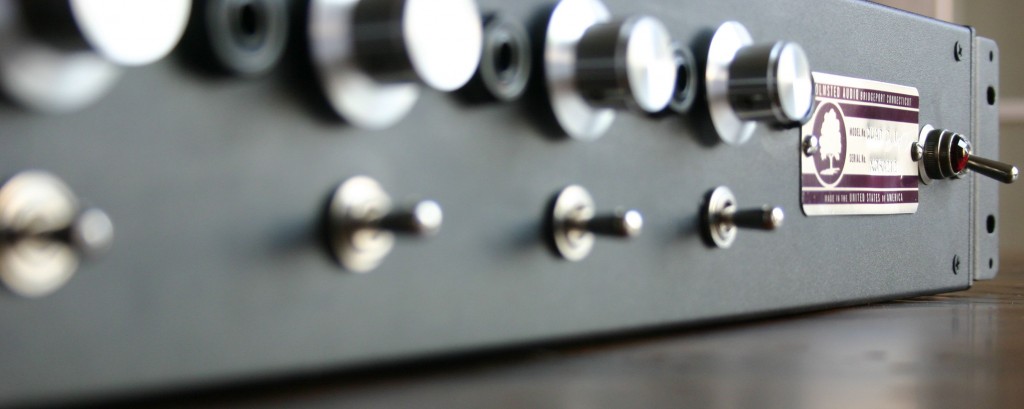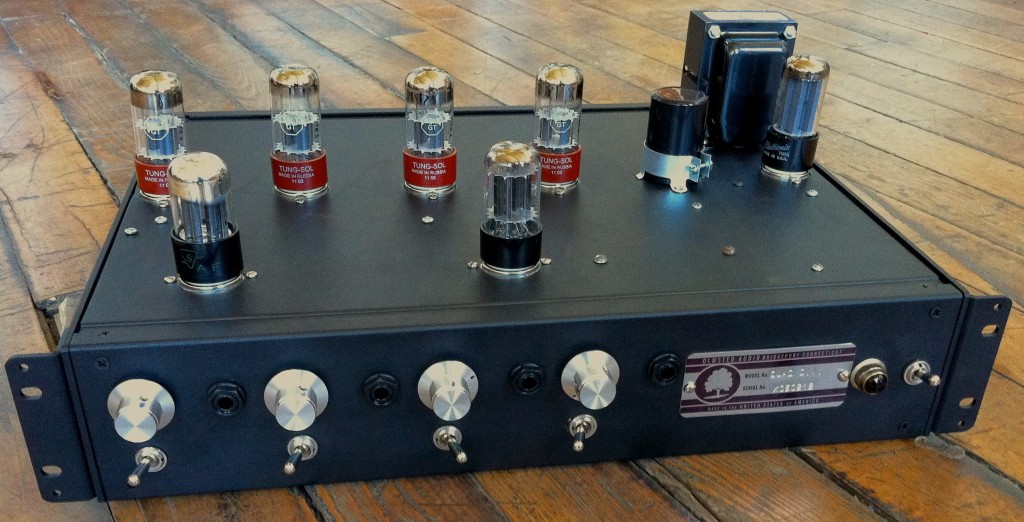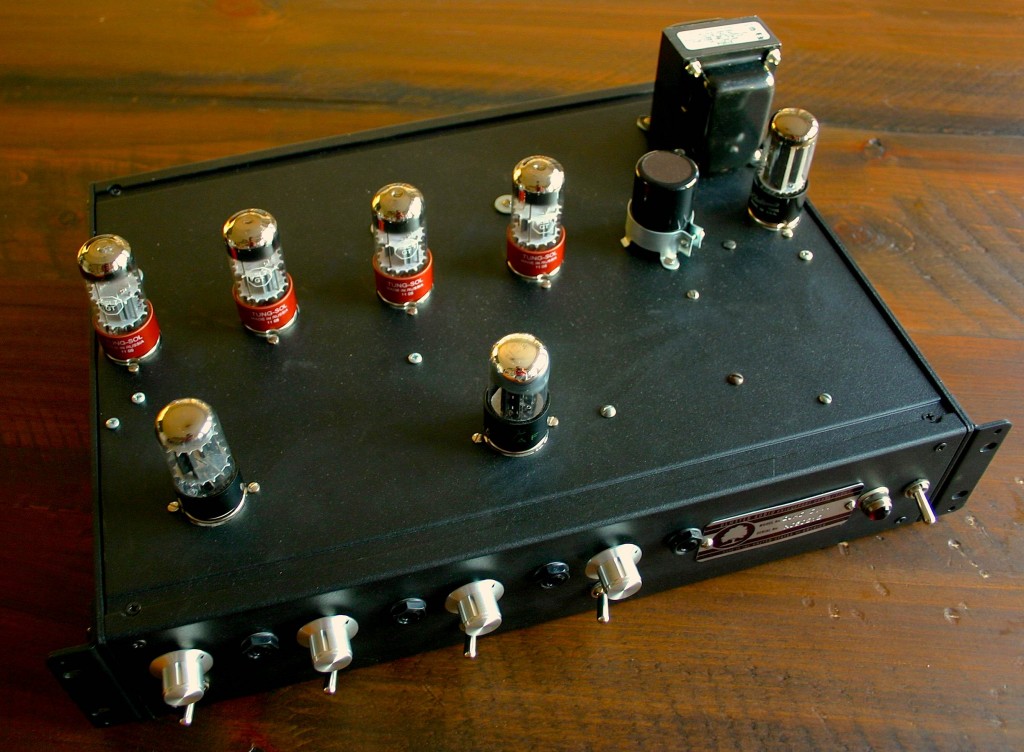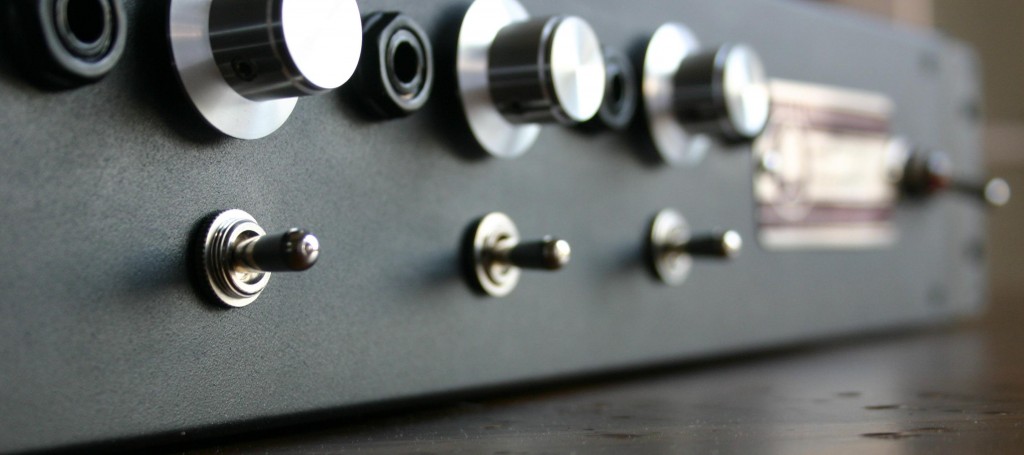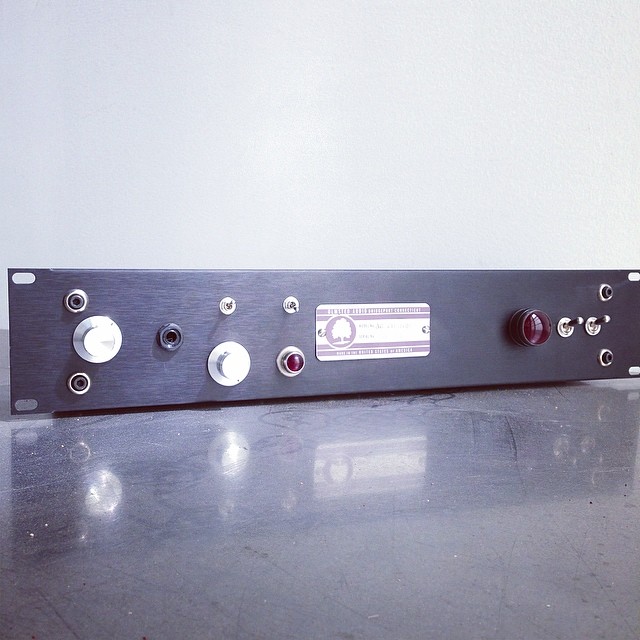 (Above: the prototype
(Above: the prototype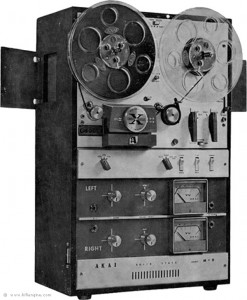 ) Apparently there is a popular internet ‘meme’ based around the modification of these units (the same machine was marketed under both the Akai and Roberts brand names). Here’s an example of one of these DIY sites. Handy types are encouraged to turn these stereo tape decks into four independent microphone preamps, and step-by-step instructions are available. After a look over the instructions and forum info, it was clear that these mods would present some challenges for use in a pro studio – especially as far as impedance and output level are concerned. My thought was: leave the Akai alone! And spend the time instead on a fresh build that utilized the most significant/interesting parts of this project, add a ton of useful add’l features, and pushes full +22 output level at 600 ohms.
) Apparently there is a popular internet ‘meme’ based around the modification of these units (the same machine was marketed under both the Akai and Roberts brand names). Here’s an example of one of these DIY sites. Handy types are encouraged to turn these stereo tape decks into four independent microphone preamps, and step-by-step instructions are available. After a look over the instructions and forum info, it was clear that these mods would present some challenges for use in a pro studio – especially as far as impedance and output level are concerned. My thought was: leave the Akai alone! And spend the time instead on a fresh build that utilized the most significant/interesting parts of this project, add a ton of useful add’l features, and pushes full +22 output level at 600 ohms.
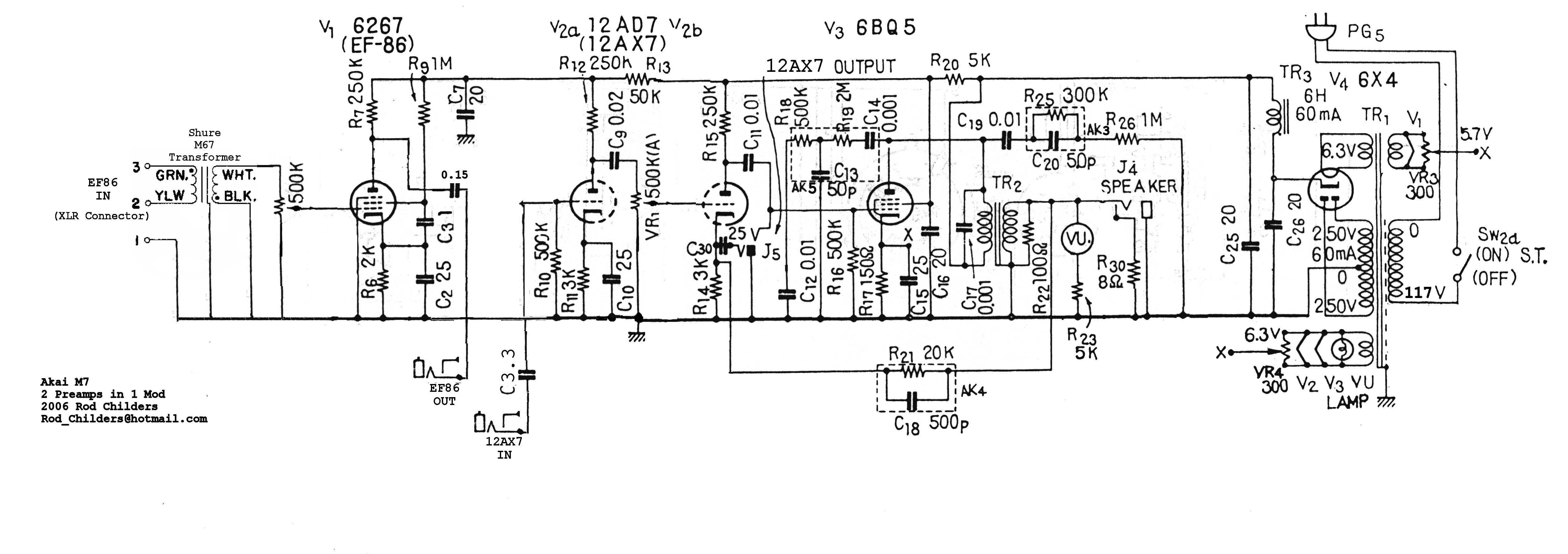 Above is the Akai preamp with the popular ‘Ron Childers’ modification notes added (I can’t seem to recall where I found this – if someone has an attribution link, pls LMK and I will add it). I began the prototype by building it as you see here, taking the output from the cathode of V2B. It was quickly apparent that the cathode of the 12AX7 was incapable of driving a 15K:600 output transformer to a high enough level. The solution was to replace the entire V2A/V2B section with a 12Au7-based voltage amp plus cathode follower similar to this classic RCA design:
Above is the Akai preamp with the popular ‘Ron Childers’ modification notes added (I can’t seem to recall where I found this – if someone has an attribution link, pls LMK and I will add it). I began the prototype by building it as you see here, taking the output from the cathode of V2B. It was quickly apparent that the cathode of the 12AX7 was incapable of driving a 15K:600 output transformer to a high enough level. The solution was to replace the entire V2A/V2B section with a 12Au7-based voltage amp plus cathode follower similar to this classic RCA design:
I repo’d the gain pot between the EF86 input stage and the first stage of the 12AU7, also adding a 1/4″ switching jack immediately ahead of the pot so that medium impedance (nominal 10K ohm) signals could be ‘directly injected’ into the 12Au7 stages (ideal for adding a little bit of gain and/or crunch to drum machines and synths). I also added phantom power and my familiar variable output pad (see here ). The pad is fully bypass-able via the TPDT switch located directly above the pot.
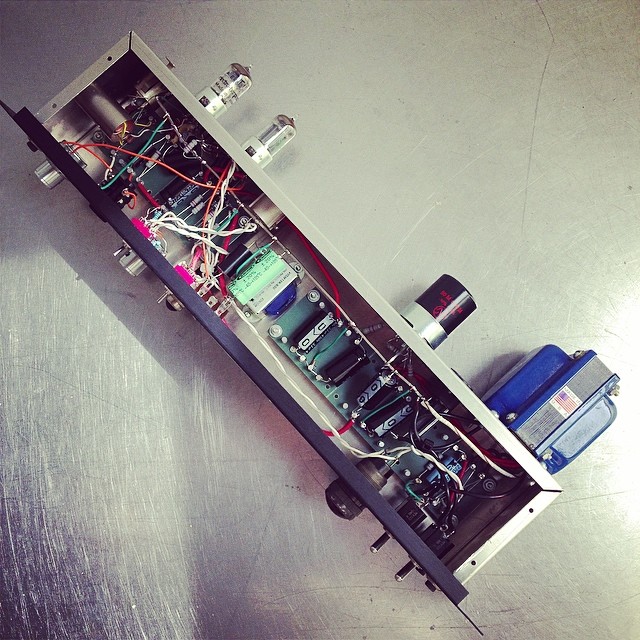 Above: inside the completed prototype
Above: inside the completed prototype
At left of the image above is input transformer. It’s a shielded unit as found in the ubiquitous Shure M67 ‘Mic Mixer’ that was sold in huge numbers for decades to churches, civic institutions, etc.
Many of the online Akai/Roberts discussions recommend using the 4 input transformers as-found in these units as donors for the ‘4 channel’ mod. Luckily I had a spare M67 in the junk pile (these things are readily available in the $10 – $50 price range) and so I pulled a transformer from it.
Above: T. Walsh at Gold Coast Recorders
I was pretty suspicious about the quality of these Shure transformers; even though they spec’d out OK as far as measured frequency response, I would have been much more inclined to use my standard Jensen 115 input transformer as I do in 90% of units that I build. I thought that the best thing to do was to really put the prototype unit through it’s paces. T. Walsh, himself an Akai machine owner, was kind enough to come to Gold Coast Recorders where we spent 3 hours writing and recording an entire pop track using only the prototype preamp on every source: drum kit (a Telefunken tube mic, in front), vocals (can’t recall,,,) , acoustic guitars (U87), hi hat (460), percussion (Royer), and all synths and drum machines were likewise routed through the front-panel input of the unit. Here’s the track. The lyrics are an homage to the Akai unit itself:
*************
*******
***
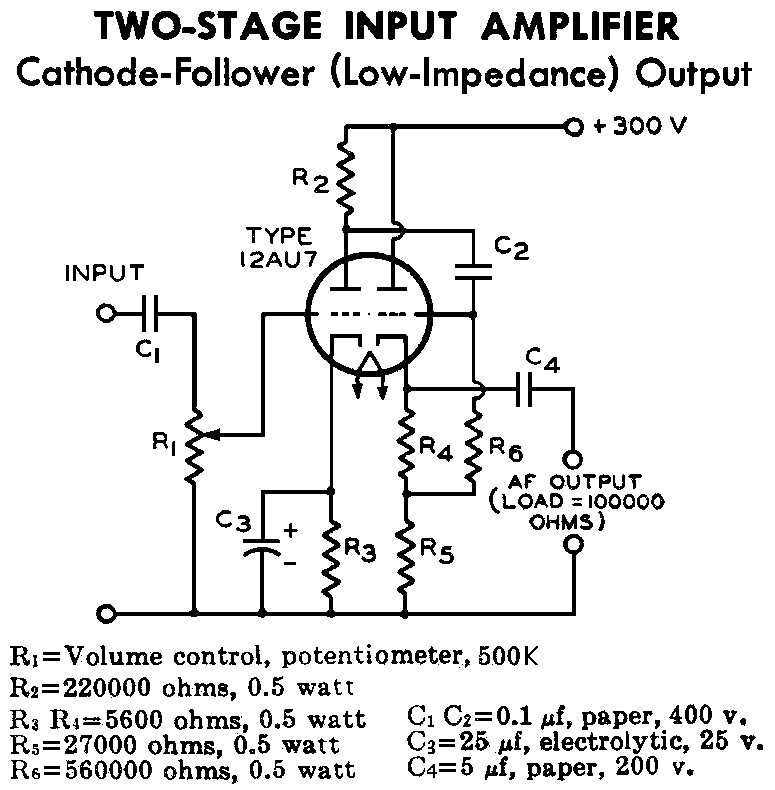
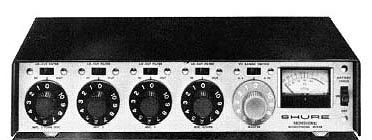
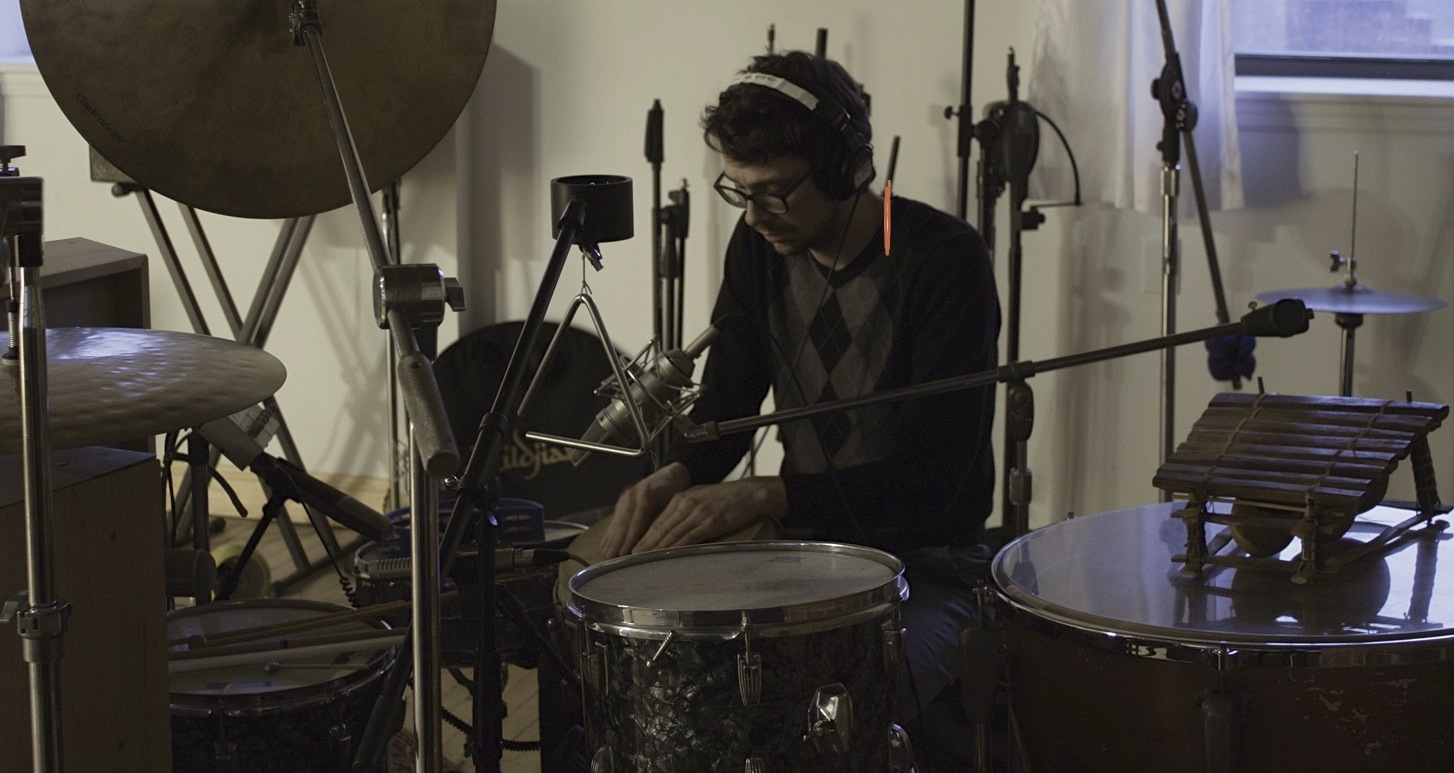
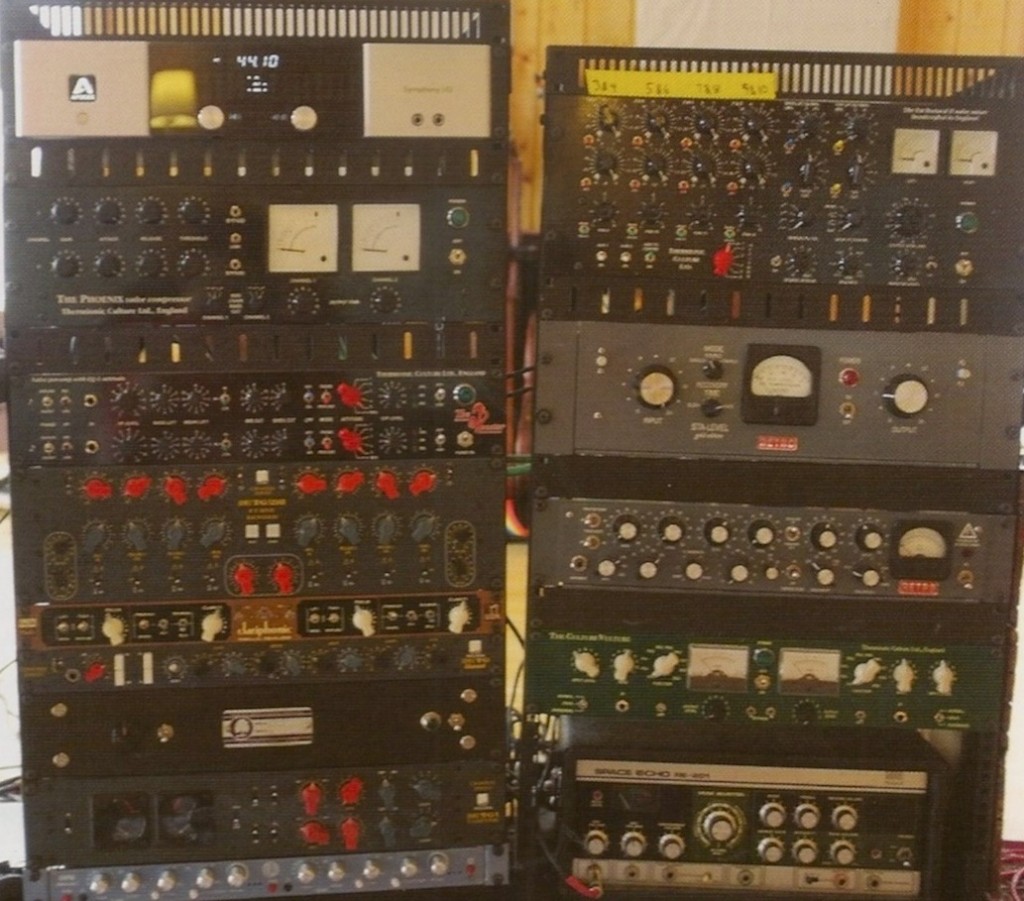 Above: the BRDCSTR in Somers’ outboard rack, left side, third from bottom
Above: the BRDCSTR in Somers’ outboard rack, left side, third from bottom